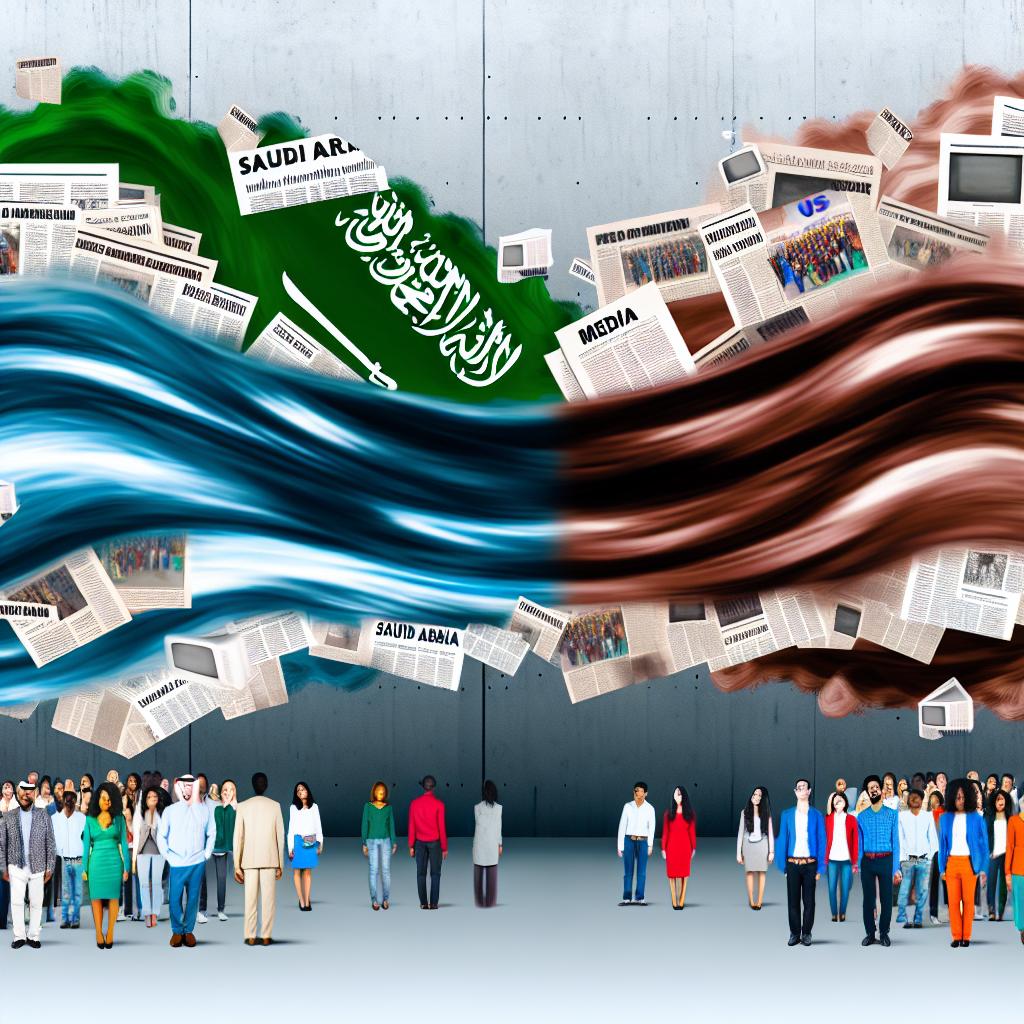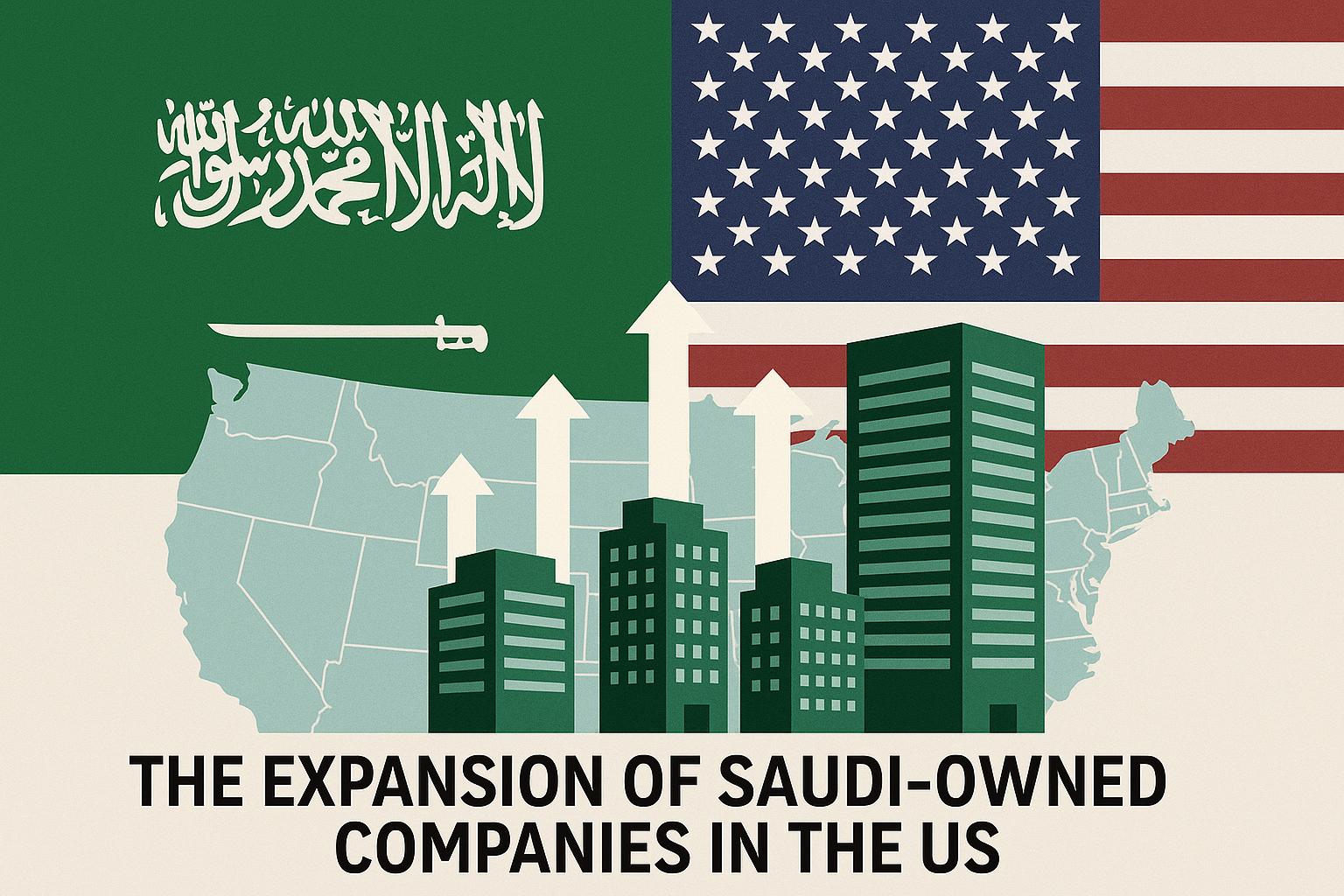Overview of Media Influence on US-Saudi Public Perception
The relationship between the United States and Saudi Arabia is multifaceted, encompassing economic, political, and military dimensions. Media outlets play a key role in shaping public perception of this alliance. By scrutinizing how different media narratives affect the views of citizens in both nations, we can better understand this complex diplomatic relationship.
The Role of American Media
In the United States, media have a significant influence on shaping public opinion towards Saudi Arabia. News coverage often reflects the broader geopolitical interests of the United States. For example, media representations may focus on oil dependency, human rights issues, or military cooperation. Various media platforms offer diverse perspectives. Some emphasize Saudi Arabia’s role in regional stability, while others highlight controversial topics, such as human rights abuses.
American media are diverse, ranging from established newspapers like The New York Times and The Washington Post to cable news networks like CNN and Fox News. Each outlet has its own editorial slant that can impact public perception. The New York Times might focus on diplomatic perspectives, while Fox News could emphasize security cooperation.
News stories about Saudi Arabia in American media tend to highlight two major themes: economic ties and human rights. The economic connection is most frequently discussed in the context of oil. The United States’ reliance on Saudi oil is a recurring topic, often linked to discussions about energy independence and geopolitical security. This theme has historically surfaced whenever there is fluctuation in oil prices, underscoring the economic interdependence between the two nations.
On the other hand, human rights issues in Saudi Arabia often garner coverage in American media, particularly concerning the treatment of women, freedom of expression, and the legal system, including criminal penalties. In such cases, American media can appear critical, drawing parallels between US values and practices in the kingdom. This dichotomy in media coverage can sometimes lead to a mixed public perception, veering between strategic ally and human rights violator.
Saudi Media’s Influence
Saudi Arabia has its own media ecosystem, which is influential in shaping local perceptions of the United States. Saudi state media provide coverage that often aligns with government perspectives. Outlets like Al Arabiya and Saudi Gazette frequently present content that reinforces the strategic importance of the US-Saudi alliance. These narratives are crucial in maintaining public support for Saudi Arabia’s foreign policy.
Saudi state media often focus on highlighting the benefits of the alliance, such as economic investments and military cooperation for regional security. Commentaries and opinion pieces usually present the alliance as a strategic one that is beneficial in protecting national and regional interests.
In addition to state media, independent news sources and social media platforms play significant roles. Platforms like Twitter offer an arena for Saudis to express diverse opinions on American policies, society, and culture. These discussions are frequently framed within the broader context of Saudi national identity, regional dynamics, and global political climates.
Social media have become increasingly popular and serve as vital platforms where citizens can voice opinions that are not necessarily reflected in the state media. Platforms like Twitter are frequently used by Saudis to discuss and critique American social policies, cultural values, and political developments. This discourse is often vibrant, with many users engaging in dialogues that sometimes challenge or support their government’s stance towards the United States.
Shared International Media
International media, including outlets like the BBC and Reuters, play a neutral role, offering a third perspective. These organizations cater to global audiences and strive to provide balanced reporting. The depiction of US-Saudi relations in international media often focuses on diplomatic dialogues and international policy outcomes, such as OPEC decisions and trade agreements.
International media frequently act as a bridge between the two perspectives, providing coverage that may not be as extensively featured in the domestic media of either country. Reports from these outlets often emphasize diplomatic measures and collaborations in energy and trade, thereby providing a less polarized view of the relationship.
Influence of Social Media
Social media platforms are becoming more significant in shaping perceptions on both sides. Twitter, Facebook, and YouTube provide ordinary citizens with the ability to share their views widely. These platforms can amplify voices that may not be adequately represented in traditional media. Social media trends, hashtags, and viral content can quickly shape public opinion, sometimes independent of traditional news cycles.
The rise of social media has enabled individuals to actively participate in discussions and disseminate alternative narratives about US-Saudi relations. Viral content, hashtag movements, and interactive discussions on these platforms offer users a means of influencing public sentiment. Social media accelerates the speed at which citizens receive news, bypassing traditional editorial filters while enhancing cross-cultural understanding through direct dialogue.
The strength of social media lies in its ability to connect individuals across borders, fostering first-hand interactions and exchanges of information. This direct line of communication has shifted the control of narratives from traditional bureaucratic channels to a more democratized platform, granting voice to a broader array of opinions but also posing challenges in terms of information accuracy and regulation.
Conclusion
Media influence on public perception of US-Saudi relations is multifaceted and dynamic. Both American and Saudi media play critical roles in shaping how their respective populations view each other. The emerging influence of social media adds another layer of complexity, allowing for rapid dissemination and exchange of ideas. Understanding these media influences is crucial for comprehending the underpinnings of public perceptions in both nations.
As media continue to evolve, the landscape of US-Saudi perceptions will likely become increasingly intricate. Observing these dynamics offers invaluable insight into how public opinion can be shaped by media narratives, whether traditional or digital. Such understanding is essential for policymakers, media professionals, and scholars examining the implications of media influence on international relations.
This article was last updated on: July 20, 2025




